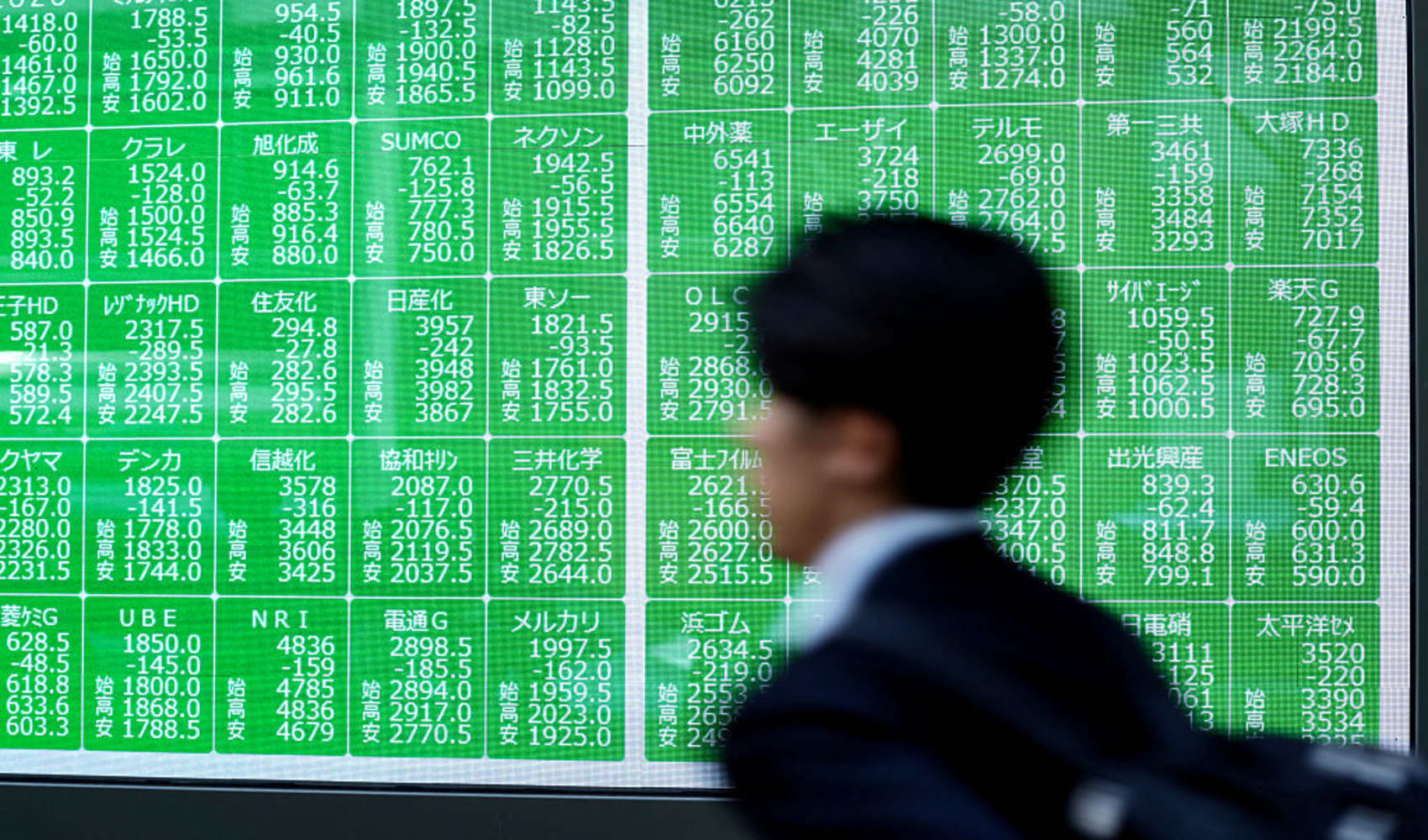Emerging Markets Debt: Why Investors Flee U.S. Treasurys
Emerging Markets' Gain: How Trump's Tariffs Fuel Debt Inflows
Introduction: A Shift in Safe Havens?
For decades, U.S. Treasurys have been the undisputed king of safe havens, the go-to investment when global storms rage. But lately, a new challenger has emerged: emerging market debt. Why? Because as U.S. President Donald Trump's tariffs send ripples through the Treasury market, investors are seeking calmer waters elsewhere. It’s like abandoning a leaky ship for a more stable raft, isn’t it? This isn't just a minor adjustment; it signals a potentially significant shift in investor sentiment.
The Trump Tariff Effect on U.S. Treasurys
Trump's "reciprocal" tariffs, designed to level the playing field (or perhaps tilt it in America's favor), have had an unintended consequence. They’ve injected uncertainty into the U.S. economy, making investors question the long-term stability of U.S. Treasurys. Think of it as adding a pinch of spice to a previously bland dish – some might like it, but others find it too hot to handle.
Emerging Market Debt: A Budding Alternative
So, where are investors turning? To emerging market debt, specifically local currency bonds. These bonds, issued by governments in their own currencies, offer a different risk-reward profile. It's like choosing between a well-established oak tree and a younger, faster-growing sapling. The oak is reliable, but the sapling has the potential for rapid growth.
Mark Mobius's Perspective: Diversification is Key
"This is an effort by investors to diversify away from the U.S. market, particularly local investors," says Mark Mobius, chairman of Mobius Emerging Opportunities Fund. His words highlight a crucial point: diversification is not just a buzzword; it's a strategy for navigating turbulent markets. It’s like spreading your eggs among multiple baskets to avoid a complete loss if one basket falls.
Fund Flows Tell the Story
The numbers don't lie. Since April 2nd, when the selloff of long-dated U.S. Treasurys intensified, emerging market local currency bonds saw an inflow of $2.4 billion. That's a significant chunk of change moving away from the perceived safety of U.S. Treasurys and into the potentially higher-yielding world of emerging markets.
Yields: A Tale of Two Markets
The divergence in yields further illustrates the shift. Between April 2nd and April 25th, emerging market local currency bond yields slid by 13 basis points, according to JPMorgan data. In contrast, the benchmark 10-year Treasury yield rose. This difference suggests that investors are demanding a higher premium to hold U.S. Treasurys, reflecting the increased risk perception.
Risk vs. Reward: A Reassessment
Investing is always a balancing act between risk and reward. Emerging market debt typically carries higher risk than U.S. Treasurys. But with the perceived risk of U.S. assets increasing, investors are reassessing the equation. Are the potential returns in emerging markets now more attractive relative to the risks? Many seem to think so.
Factors Driving the Emerging Market Appeal
Stronger Growth Prospects
Emerging economies often boast higher growth rates than developed nations. This growth translates into stronger corporate earnings and improved government finances, making their debt more attractive.
Attractive Valuations
Emerging market assets are often undervalued compared to their developed market counterparts. This provides an opportunity for investors to buy low and potentially sell high as these economies mature.
Currency Appreciation Potential
As emerging economies grow and develop, their currencies may appreciate against the U.S. dollar. This can provide an additional boost to returns for investors in local currency bonds.
Potential Risks to Consider
Political Instability
Emerging markets are often more susceptible to political instability and policy changes, which can negatively impact investor sentiment.
Currency Volatility
Emerging market currencies can be highly volatile, which can erode returns for investors if the currency depreciates.
Liquidity Concerns
Emerging market debt markets may be less liquid than developed markets, making it more difficult to buy and sell large positions.
The Future of U.S. Treasurys
Will U.S. Treasurys lose their safe-haven status permanently? It's unlikely. They still represent the debt of the world's largest economy. However, the recent shift suggests that investors are more discerning and willing to explore alternative safe havens when circumstances warrant. It's like a wake-up call for the U.S. Treasury market, reminding it that competition exists.
The Impact on Emerging Economies
Increased investment in emerging market debt can have a positive impact on these economies. It can lower borrowing costs, stimulate economic growth, and improve living standards. Think of it as a shot in the arm for developing nations, giving them the resources they need to thrive.
Long-Term Investment Strategies
For long-term investors, emerging market debt can be a valuable addition to a diversified portfolio. However, it's crucial to understand the risks and to invest strategically, focusing on countries with strong fundamentals and sound economic policies. It's not a get-rich-quick scheme, but rather a long-term play on the growth potential of emerging economies.
Expert Opinions and Analysis
Financial analysts and economists are closely watching this trend. Many believe that the shift towards emerging market debt is likely to continue as long as uncertainty surrounds the U.S. economy. It's a topic of intense debate and discussion in the financial world, with experts offering varying perspectives.
Conclusion: A New Era for Emerging Market Debt?
In conclusion, Trump's tariffs have inadvertently fueled a surge in investment in emerging market debt. Investors are seeking diversification and higher returns, and emerging markets are offering an attractive alternative to U.S. Treasurys. While risks remain, the long-term growth potential of emerging economies makes them a compelling investment destination. The key takeaways are: US Treasuries are facing increased competition, emerging markets offer potential upside, and diversification is more important than ever.
Frequently Asked Questions
- Why are investors turning to emerging market debt now? They are seeking diversification away from U.S. Treasurys due to concerns about the impact of tariffs and potential economic slowdown in the U.S.
- What are the main risks associated with investing in emerging market debt? Political instability, currency volatility, and lower liquidity are some key risks to consider.
- How can I mitigate the risks of investing in emerging market debt? Diversifying across multiple countries, focusing on those with strong fundamentals, and considering local currency bonds can help mitigate risks.
- What is the difference between local currency and hard currency emerging market debt? Local currency debt is issued in the country's own currency, while hard currency debt is typically issued in U.S. dollars. Local currency debt carries currency risk but can also offer higher potential returns.
- Is investing in emerging market debt a good idea for all investors? It depends on your risk tolerance, investment goals, and time horizon. Emerging market debt is generally more suitable for investors with a higher risk appetite and a long-term perspective.


